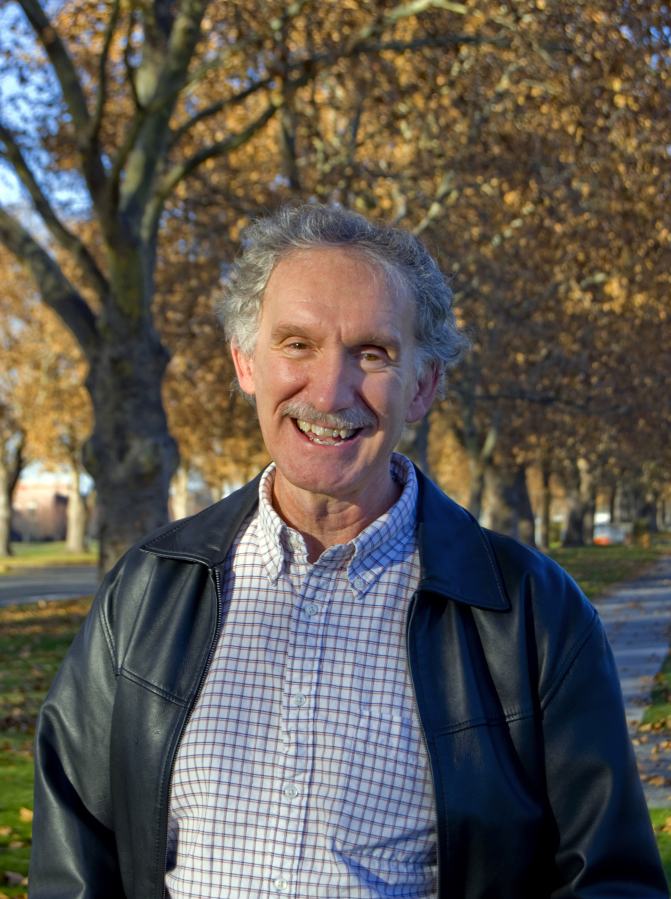KENNEWICK — Twenty of the most influential scientists in the world work at Pacific Northwest National Laboratory, with headquarters in Richland, or have a joint appointment there with a Northwest university.
Each year Clarivate determines the top researchers based on how often other researchers cite their work over the past decade, an indicator of their influence in the worldwide research community,
“The highly cited researchers list identifies and celebrates exceptional individual researchers at Pacific Northwest National Laboratory who are having a significant impact on the research community as evidenced by the rate at which their work is being cited by their peers,” said David Pendlebury, head of research analysis at the Institute for Scientific Information at Clarivate.
“These individuals are helping to transform human ingenuity into our world’s greatest breakthroughs,” he said.



